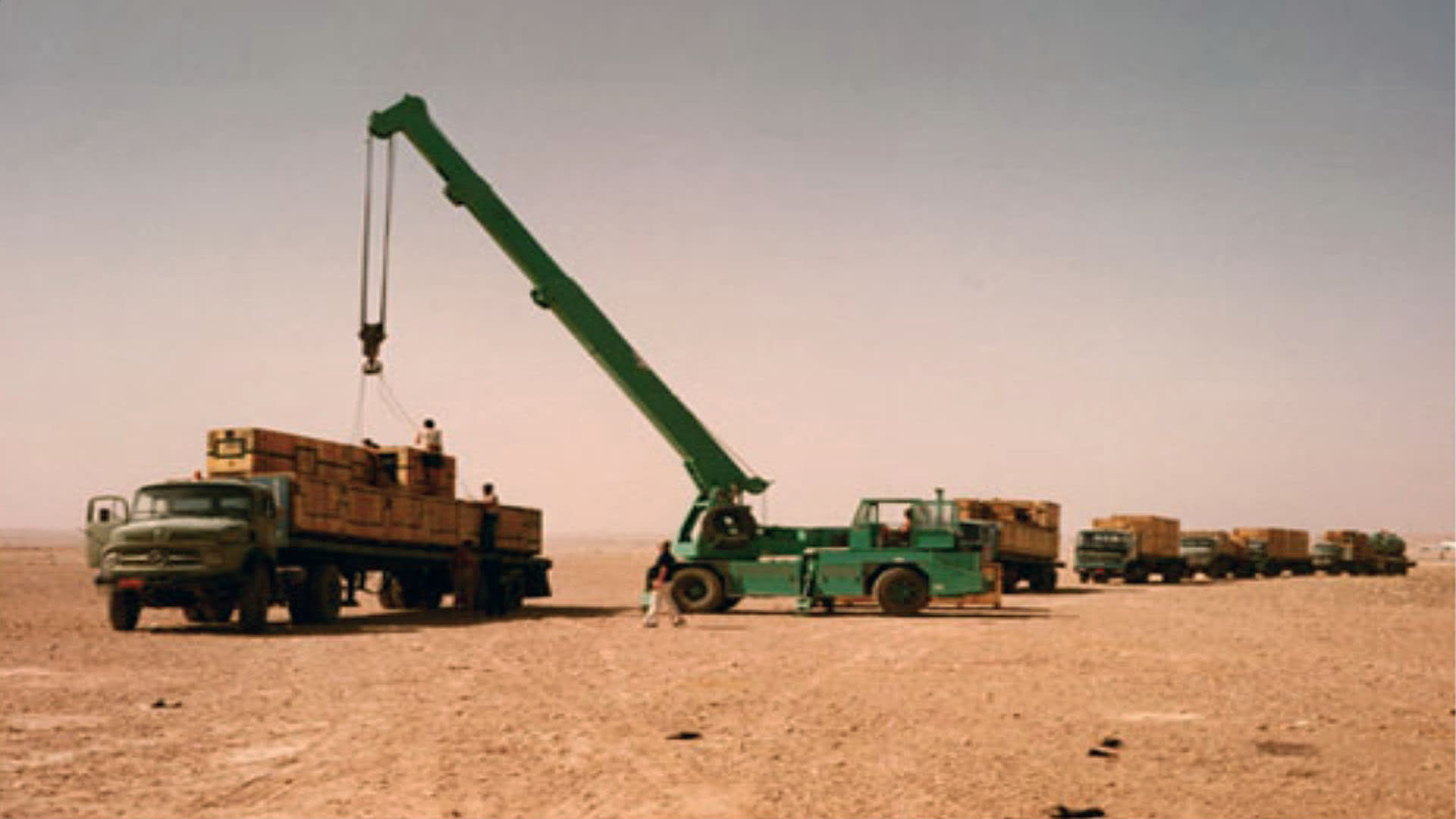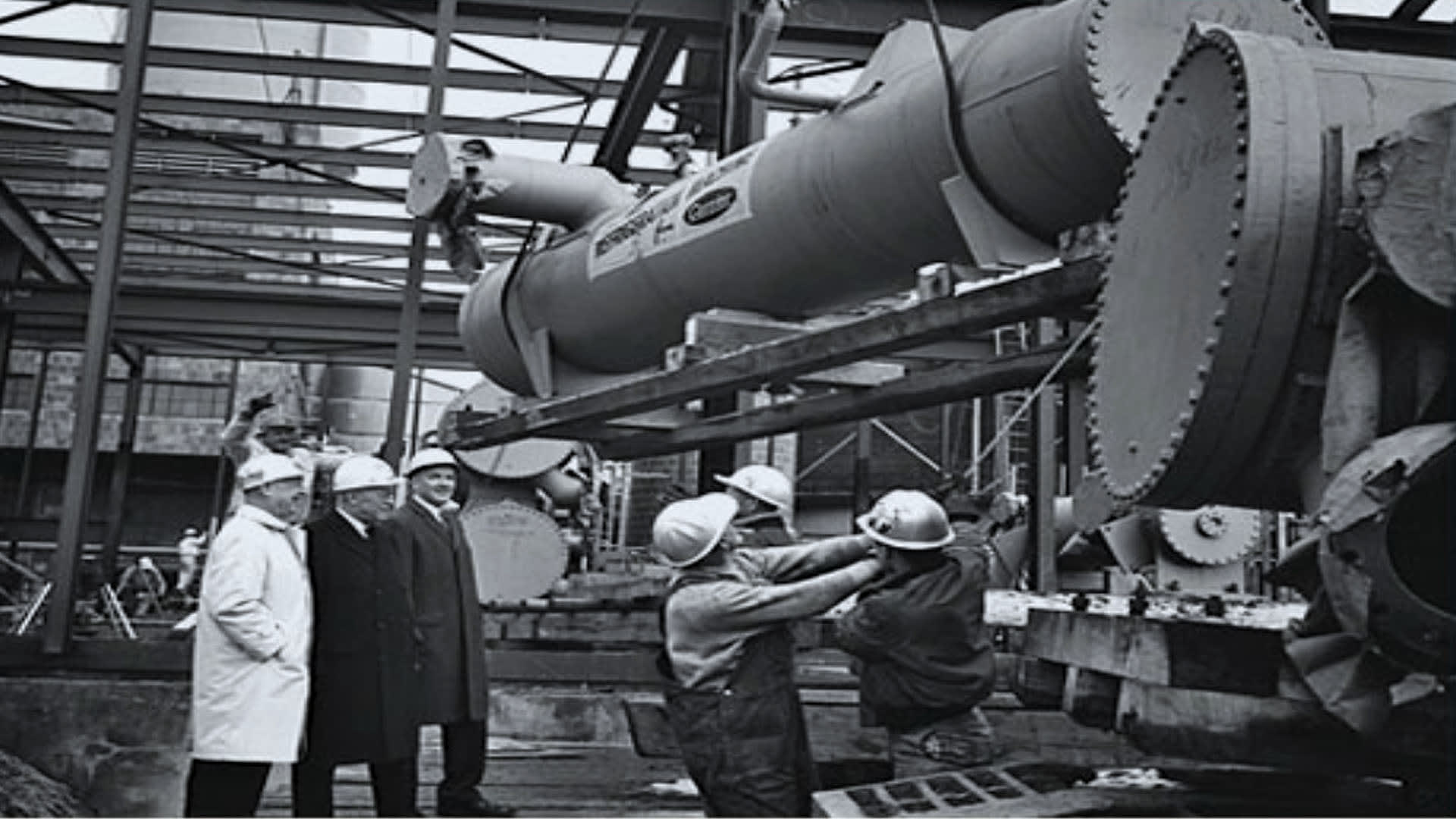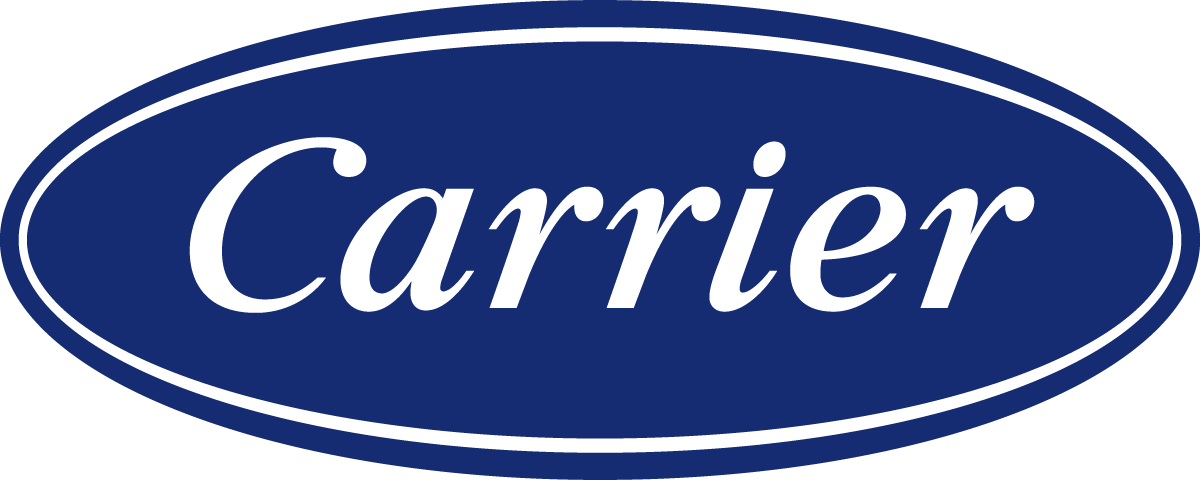In 1951 air conditioning became a billion-dollar industry. Willis Carrier’s invention was installed around the world in thousands of factories, offices, stores and homes, and in hospitals, hotels, skyscrapers, airplanes, mines and more than 10,000 ships at sea. “Without exception,” Carrier Chairman Cloud Wampler noted, “these have served to benefit and improve the lot of mankind.”
The company’s annual meeting in February 1952 marked the 50th anniversary of modern air conditioning by honoring the president of Sackett & Wilhelms Lithographing Corporation, in whose Brooklyn plant Carrier’s pioneering system was installed in 1902. Carrier also celebrated its growth in revenue to over $100 million and its continued industry leadership by tackling some of the most complex and high-profile buildings in the world.
These included the $6 million home of Lever Brothers Company on Park Avenue in New York City, and the world's largest private air-conditioning system, designed to cool 68 floors in the three-building Gateway Center in Pittsburgh's new Golden Triangle. In 1958, the 12-story Fidelity Building in Los Angeles became the first fully air-conditioned major existing office building in that city, and three years later Carrier was awarded the Lincoln Center contract, extending the performing arts in New York City from a single season to 52 weeks a year.
High-visibility work also included an installation in 1952 at the International Amphitheatre in Chicago for the Republican and Democratic conventions. Carrier engineers figured that on a 95-degree (35°C) day when all 12,000 seats were taken, refrigeration must combat heat from the sun, floodlights and delegates—the latter of which rose and fell with the excitement caused by the keynote speakers.
With skyscrapers and political conventions being cooled, Carrier continued its international growth. In 1951 Toyo Carrier Engineering Co. of Japan received orders for five office buildings, textile plants and refrigeration for Japan’s merchant marine. Carrier installed centrifugal cooling at the Laboratori Palma in Rome to help control conditions for the production of penicillin, announced an extensive renovation program for the Norwegian Parliament Building in Oslo, and in 1955 completed the first fully air-conditioned textile mill in the Philippines.





